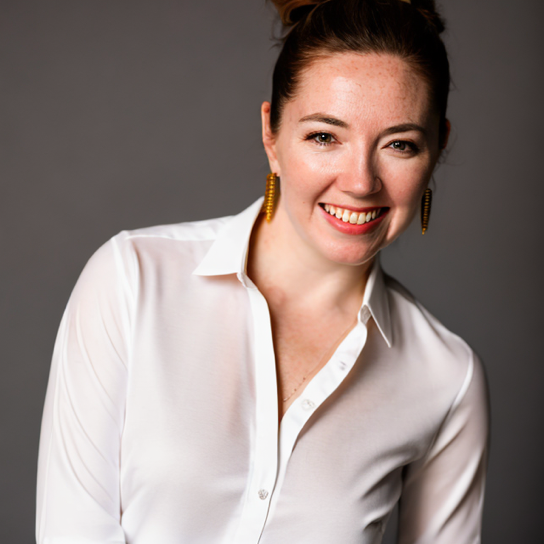Space planning: essential tips for designing efficient spaces
Kitchen

Vanessa Dekoekkoek

Space planning is a critical component of the interior design process that can make or break the functionality of a space. Proper planning ensures that a design not only looks beautiful but also works efficiently for your client’s specific needs. In this guide, we’ll explore key strategies to help you excel at space planning and create spaces that are both practical and aesthetically pleasing.
1. Start with purpose and define zones
The foundation of any effective space plan begins with a clear understanding of the space’s purpose. Before diving into the design, ask your client detailed questions about how they intend to use the space. For instance, if you’re designing a kitchen, find out how frequently they cook, how many people will be using the kitchen simultaneously, and their preferences for dining and storage. This information will help you define specific zones within the space, such as cooking, dining, and storage areas, ensuring that each zone serves its intended function efficiently.
2. Prioritize easy circulation
A well-planned space should allow for easy circulation, meaning that navigating the area should be intuitive and free of obstacles. A space is not truly functional if moving through it feels cumbersome. For example, in a kitchen, it’s essential to maintain adequate distances between counters, appliances, and sinks to facilitate smooth movement and workflow. Following standard measurement guidelines and anticipating your client’s movements within the space will help you design areas that are both functional and comfortable to use.
3. Maximize natural and artificial lighting
Lighting plays a crucial role in space planning, affecting both the functionality and mood of a room. To maximize natural light, consider the placement and orientation of windows—ideally, they should allow ample sunlight to fill the space. If natural light is limited, or if the room requires additional illumination, plan for a combination of ambient, task, and overhead lighting. Layering these different types of lighting allows you to adjust the brightness according to the room's use and your client’s preferences. Dimmers are a great addition to give your client control over the lighting intensity.
4. Strategically place outlets and switches
The placement of outlets and switches is a vital, yet often overlooked, aspect of space planning. To avoid clutter and ensure convenience, consider the number of devices, appliances, and lights that will be used in each room. Discuss with your client how they plan to use the space—such as where they intend to mount their TV or set up a home office—to determine the optimal placement for outlets and switches. For instance, if a TV is to be wall-mounted, placing the power and cable outlets at the correct height can prevent unsightly wires from disrupting the design.
5. Consider accessibility and future needs
Accessibility is an essential consideration in space planning, especially if your client has specific mobility needs or plans to age in place. For kitchens and bathrooms, this might mean lowering countertop heights, installing pull-out trays in cabinets, or ensuring that sinks and appliances are within easy reach. Additionally, consider installing grab bars in showers or adjusting toilet heights for enhanced safety and convenience. Thoughtfully planning these elements in advance will make the space more accessible and comfortable for all users.
6. Utilize space planning software
To bring your designs to life with precision and accuracy, using space planning software is highly recommended. These tools allow you to create detailed floor plans, complete with electrical layouts and 3D renderings. The ability to visualize your design in 3D can help your clients better understand the proposed changes and provide valuable feedback before any work begins. This not only improves communication but also ensures that the final result aligns with your client’s vision.
By following these essential space planning tips, you can create interior designs that are both efficient and beautiful, tailored to meet your client’s unique needs. Proper space planning is the key to turning a great design concept into a functional, livable space.
To learn more, discover the ideal kitchen design software on our Kitchen Industries page.
Related blogs

How brand inconsistency threatens kitchen/bath retail expansion
8/31/2025
A fragmented experience across locations can erode customer trust. Here’s how to preserve your brand while scaling your kitchen and bath business.

Kitchen interior design tips for modern homes: What works and why?
8/13/2025
Explore advanced interior design strategies for kitchens that elevate both function and aesthetics.

3D Kitchen Planner: Full guide to get started
8/8/2025
Discover how a 3D kitchen planner can transform your design process, boost client engagement, and accelerate sales with realistic visualizations and smart automation.